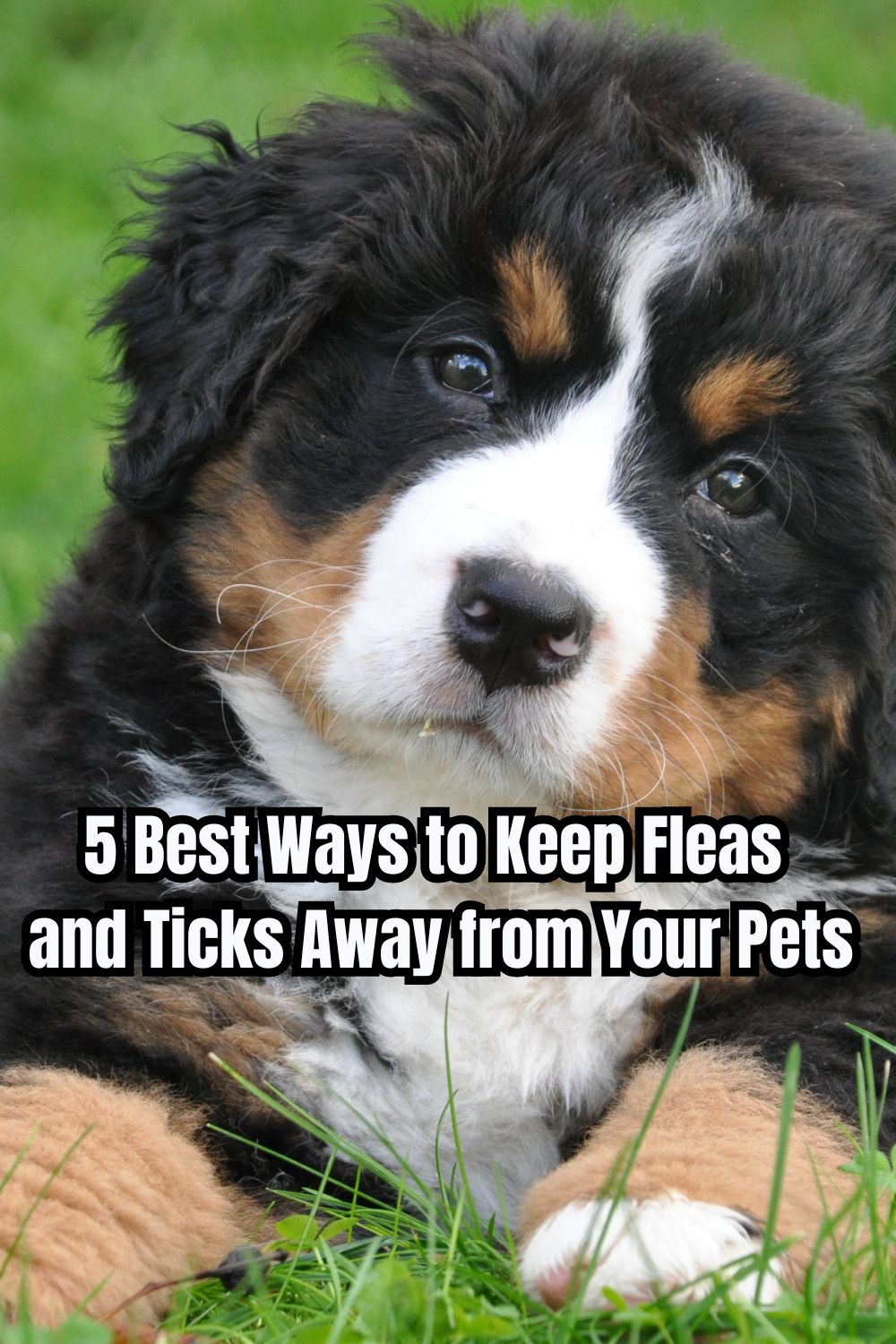Protect your furry friends with these 5 best ways to keep fleas and ticks away. Learn effective prevention tips to keep your pets happy and healthy!
5 Best Ways to Keep Fleas and Ticks Away from Your Pets
Protecting pets from fleas and ticks is essential for their health and comfort. These persistent parasites can cause irritation, spread diseases, and create ongoing discomfort for both pets and their owners. Regular preventative medication combined with natural remedies and daily inspections forms the most effective strategy for keeping pets parasite-free.
Pet owners have numerous options to safeguard their furry companions. From specialized FurLife flea and tick collars for dogs to natural solutions like apple cider vinegar and diatomaceous earth, creating a multi-layered defence system helps ensure maximum protection. Daily grooming with a fine-toothed flea comb serves as both a detection method and immediate remedy.
A proactive approach to pest control starts with maintaining a clean environment. Regular vacuuming, washing pet bedding, and keeping the yard tidy reduces the likelihood of infestations. Combining these practices with reliable flea and tick collars provides comprehensive protection throughout the year.
Key Takeaways
- Regular medication and preventative treatments provide the strongest defence against parasites
- Natural remedies and daily grooming complement medical preventatives for complete protection
- Clean environments and proper yard maintenance significantly reduce pest populations
Preventative Strategies for Flea and Tick Control
Effective flea and tick prevention requires a multi-layered approach combining regular treatments, environmental management, and careful product selection based on proven active ingredients.
Choosing the Right Preventive Measures
Monthly topical treatments and oral medications form the foundation of pest prevention. Spot-on treatments applied between the shoulder blades offer 30 days of protection against both fleas and ticks.
Oral medications provide consistent protection and eliminate concerns about washing off or transfer to humans. These treatments often start working within 24 hours.
Common Prevention Options:
- Monthly oral tablets
- Spot-on liquid treatments
- Medicated shampoos (supplementary only)
- Regular grooming with fine-toothed combs
Environmental Management
Regular vacuuming captures up to 90% of flea eggs and larvae. Focus on pet bedding, carpets, and furniture crevices where eggs collect.
Maintain your yard by keeping grass short and removing leaf litter where ticks thrive. Create buffer zones between wooded areas and your lawn using gravel or wood chips.
Indoor Prevention:
- Vacuum 2-3 times weekly
- Wash pet bedding in hot water
- Use diatomaceous earth in problem areas
- Monitor dark, humid spaces
Key Ingredients in Flea and Tick Prevention
EPA-registered ingredients like fipronil and permethrin provide proven protection against both fleas and ticks. Natural alternatives include neem oil and cedarwood oil for mild protection.
Effective Active Ingredients:
- Fipronil
- Imidacloprid
- Permethrin (dogs only)
- Pyriproxyfen
Look for products containing insect growth regulators (IGRs) that prevent flea eggs from developing. These create longer-lasting protection by breaking the pest life cycle.
Immediate Remedies and Care for Infested Pets
Quick action against fleas and ticks requires a combination of direct treatment, thorough grooming, and professional guidance to protect pets from these harmful parasites. Regular monitoring helps detect early signs of infestation like excessive scratching or flea dirt.
Direct Treatments for Flea and Tick Removal
A specially formulated flea and tick shampoo provides immediate relief during bath time. Apply the product according to the package instructions, ensuring complete coverage of the pet’s coat.
Natural alternatives include cedar oil or lavender-based solutions, which can repel parasites without harsh chemicals. These work best as preventive measures rather than treatments for active infestations.
Brewers’ yeast supplements, administered at one teaspoon per 20 pounds of body weight daily, can help make pets less attractive to fleas.
For severe cases, veterinary-approved treatments like K9 Advantix II offer targeted pest control. These products kill adult fleas and prevent egg development.
Grooming Techniques for Infestation Detection
A fine-toothed flea comb serves as an essential tool for both detection and removal. Comb through the pet’s fur methodically, paying special attention to the neck, tail base, and belly areas.
Place a white towel beneath the pet during grooming to spot flea dirt – small black specks that turn reddish when wet.
Regular brushing helps distribute natural oils through the coat while making it easier to spot signs of parasites or skin irritation.
Consulting Professional Help
Book a veterinary appointment if pets show signs of flea allergy dermatitis, hair loss, or severe itching. These symptoms may require prescription medication.
Professional groomers can perform thorough tick checks and flea treatments, especially useful for pets with thick or long coats.
A pest control expert might be necessary if the infestation has spread throughout the home. They can recommend appropriate treatments like foggers or targeted sprays.
Conclusion
Protecting pets from fleas and ticks requires a combination of preventative measures and regular maintenance. Consistent use of veterinarian-approved treatments, alongside natural deterrents like diatomaceous earth or cedar oil, creates a strong defence against these parasites.
Daily inspections of pets’ coats and proper cleaning of living spaces are essential steps in preventing infestations. The most effective approach combines professional preventative treatments with natural remedies and regular household maintenance.
Following these guidelines helps create a pest-free environment where pets can live comfortably and safely. Pet owners who maintain these practices consistently see the best results in keeping their furry companions free from fleas and ticks.

Leave A Reply!